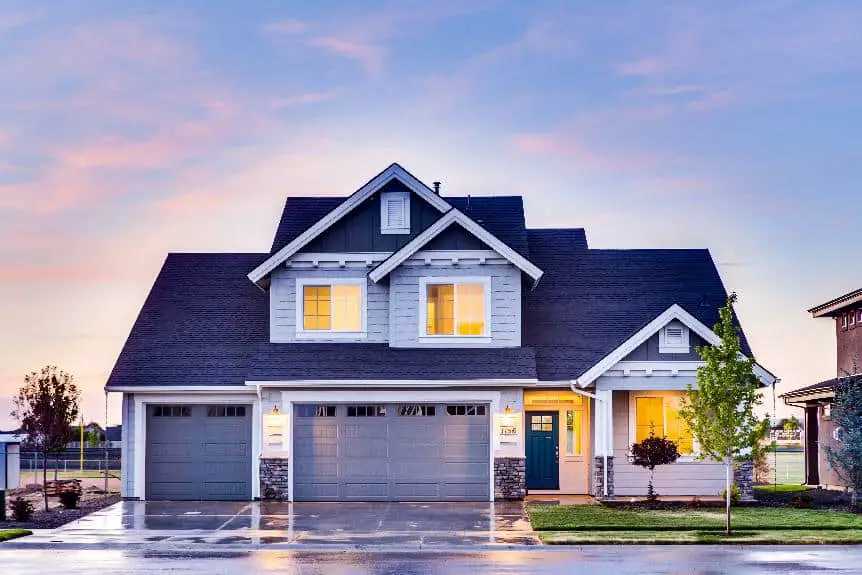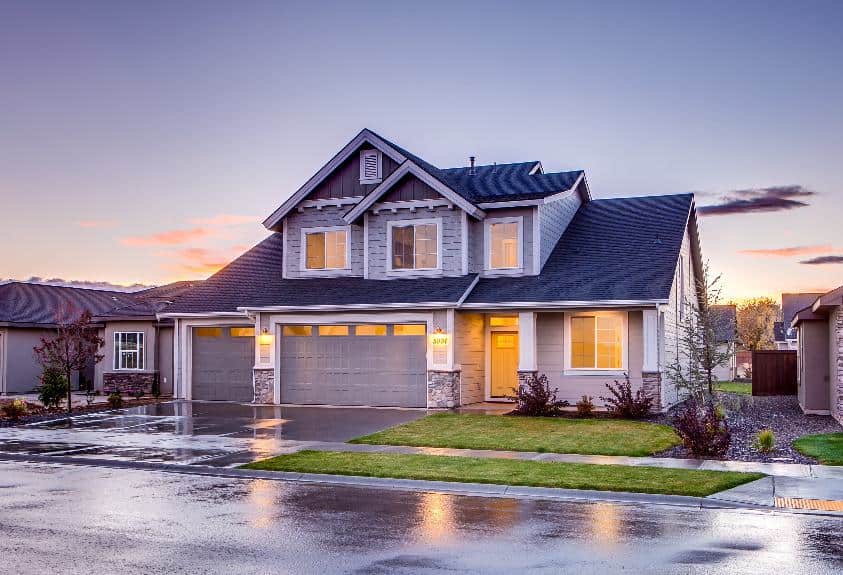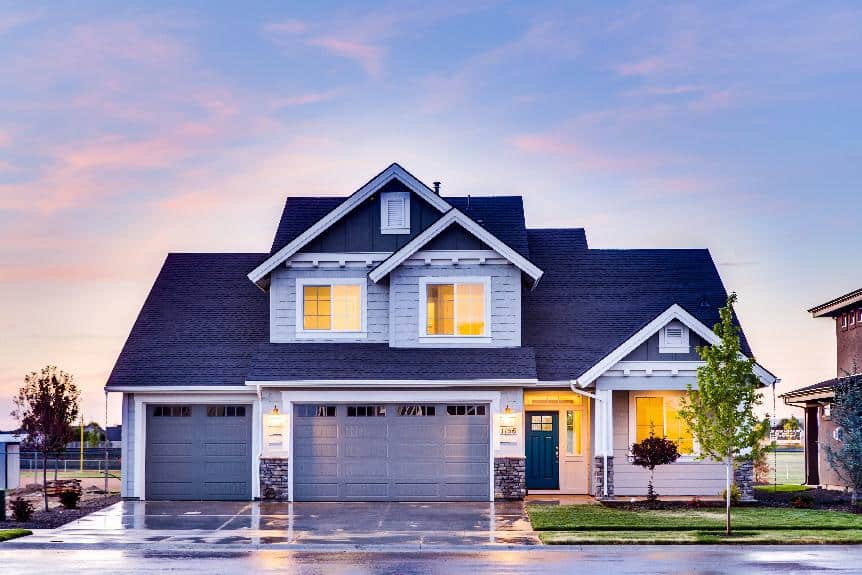Exterior garage lights should have a brightness level that ensures visibility and security without causing excessive glare or light pollution. A standard recommendation is to use fixtures that provide 50 to 70 lumens per square foot. This level may vary depending on the size of the garage and individual needs.
Energy-efficient lighting and motion sensors are beneficial for added functionality. Lights should be positioned and shielded to prevent light spill onto neighboring properties.
Understanding Lumens and Brightness
When choosing outdoor garage lights, it's important to understand lumens, which measure a bulb's brightness more accurately than watts. Lumens indicate the total light output, which is directly related to how bright the light appears. This is especially relevant with the introduction of LED bulbs, which deliver the same brightness as incandescent bulbs but use much less electricity. This shows why watts alone are not a reliable measure of brightness.
Knowing about lumens helps save energy and reduce light pollution. Using lights with the right lumen output, aimed correctly, can prevent light from spilling into unwanted areas, protecting the night sky and local wildlife.
The number of lumens needed for outdoor lighting depends on the specific use. For example, path lights might need only 100-200 lumens, while floodlights for larger areas could require 700-1300 lumens. The amount of lumens needed for patio or landscape lighting varies to achieve the desired effect and ensure safety.
Ideal Lumens for Garage Lights
When choosing outdoor garage lights, aim for a brightness between 700 to 1300 lumens for proper visibility and security. This range adequately lights up areas such as driveways and the garage's surroundings, which helps in clear visibility and discourages intruders.
For lighting paths or driveways, 700 lumens may suffice, providing safe visibility without excessive brightness. For larger areas or security purposes, 1300 lumens are recommended to ensure motion sensor lights are effectively bright to signal any activity.
Additionally, the size of the light fixtures should be in proportion to the garage door, typically 1/4 to 1/3 of the door's height, to ensure balanced lighting. Proper lumens and fixture size contribute to both the aesthetic and safety of the property.
Types of Exterior Bulbs
Choosing the right exterior bulb is important for effective and efficient garage lighting. Considerations include energy use, brightness, durability, and the lighting needs of different areas.
LED bulbs are commonly used for outdoor lighting because they are energy-efficient and have a long lifespan. They produce a lot of light with low wattage, making them cost-effective and eco-friendly. LED bulbs come in various color temperatures and brightness levels, suitable for different garage lighting requirements, such as security or accent lighting.
Different bulb types are often combined in modern lighting to create a layered effect. For example, pathway lights may use CFLs or low-intensity LEDs for soft lighting, while area lights might use halogens or high-lumen LEDs for more brightness.
Solar-powered lighting is an eco-friendly option, ideal for landscape lighting that focuses on ambiance rather than strong light. These lights store energy from the sun during the day and light up paths and features around the garage at night without using electricity.
Balancing Safety and Comfort
Adequate outdoor lighting is essential for safety at home, yet it should not be too bright to ensure comfort. The aim is to provide enough light for security while creating a welcoming atmosphere.
Security lighting is important to prevent trespassing and to highlight dangers, but it should be set up to avoid bothering residents and neighbors.
When choosing lumens for garage lights, consider both security needs and the desired ambiance. The necessary brightness varies depending on the use of the space. For example, tasks in the garage might require more light than simply lighting the driveway.
To avoid lights being too weak or too strong, use fixtures with guards that limit glare and light spillage. This helps focus light downwards and prevents it from shining into unwanted areas, reducing light pollution and maintaining a discreet lighting arrangement that is safe.
Consulting a lighting designer can be beneficial for advice on light distribution, allowing for a secure yet comfortable outdoor environment. Selecting suitable lumens and fixtures enables a well-balanced outdoor lighting setup.
Avoiding Light Trespass
To reduce light trespass from outdoor garage lights, homeowners should choose fixtures that direct light only to the intended areas. These fixtures should have shields or be angled downwards to prevent light from spilling into neighboring properties. Using lights with sensors that activate with movement can ensure light is used only when needed, avoiding unnecessary light pollution. It's important to adjust these sensors properly to prevent false activations.
The brightness of the garage lights should be moderate to avoid glare and maintain the nighttime atmosphere. Positioning and angling lights correctly can illuminate driveways and walkways effectively without light crossing property lines.
Energy Efficiency Considerations
When selecting outdoor garage lights, it is important to choose energy-efficient options. LED bulbs are more efficient than incandescent bulbs, using 6 to 8 watts to achieve the same brightness as a 60-watt incandescent bulb, thus reducing energy consumption and cost.
The placement of exterior garage lights should be strategic to minimize light pollution and energy waste. Proper positioning allows the use of lower-wattage bulbs without compromising safety or visibility.
Solar-powered lights are an eco-friendly choice, using the sun's energy to power the lighting. While they may be less bright initially, their efficiency and minimal operating costs are beneficial for those seeking to lower their environmental impact.
Smart bulbs are a newer option that can be wirelessly controlled and may include voice activation. Such technology allows for more precise management of lighting, ensuring it is used only when needed, which can lead to further energy savings and lower utility expenses.
Motion Sensors and Smart Lighting
Adding motion sensors and smart lighting to garage exterior lights improves security and saves energy. Motion sensors turn on lights when movement is detected, saving power by only illuminating when needed. For these lights, 300-700 lumens typically offer enough brightness without wasting energy.
Smart lighting allows control over the lights from a distance, including adjusting brightness and direction. This customization can meet specific requirements and voice activation makes it easy to control lights without using switches.
To avoid light pollution and disturbance to neighbors or wildlife, outdoor lights should have glare and light-trespass guards. These features focus the light, maintaining security while being neighborly.
Working with a lighting designer can ensure that the lighting system is well-balanced for safety and aesthetics. They can determine the appropriate level of brightness for both motion sensors and smart lights for an effective and considerate outdoor lighting setup.
Maintaining Aesthetic Appeal
Maintaining the aesthetic appeal of exterior garage lighting requires carefully choosing the right level of brightness to match the property's design. The lighting should provide enough visibility for safety while also enhancing the look of the home. Modern lighting options that spread light evenly can avoid a harsh 'light bomb' effect that clashes with the property's appearance.
For a welcoming outdoor atmosphere, it's important to think about how lighting affects the home's exterior. Installing fixtures with anti-glare and light-trespass shields can help keep the appearance sophisticated. These features reduce light pollution and glare, ensuring the lighting is effective without being excessive or intrusive.
When it comes to landscape lighting, using bulbs with the proper brightness and placing them strategically is key. This ensures a cozy ambiance that highlights the outdoor area's features. Too much light can obscure architectural details, while too little can make spaces look dark and unwelcoming.





